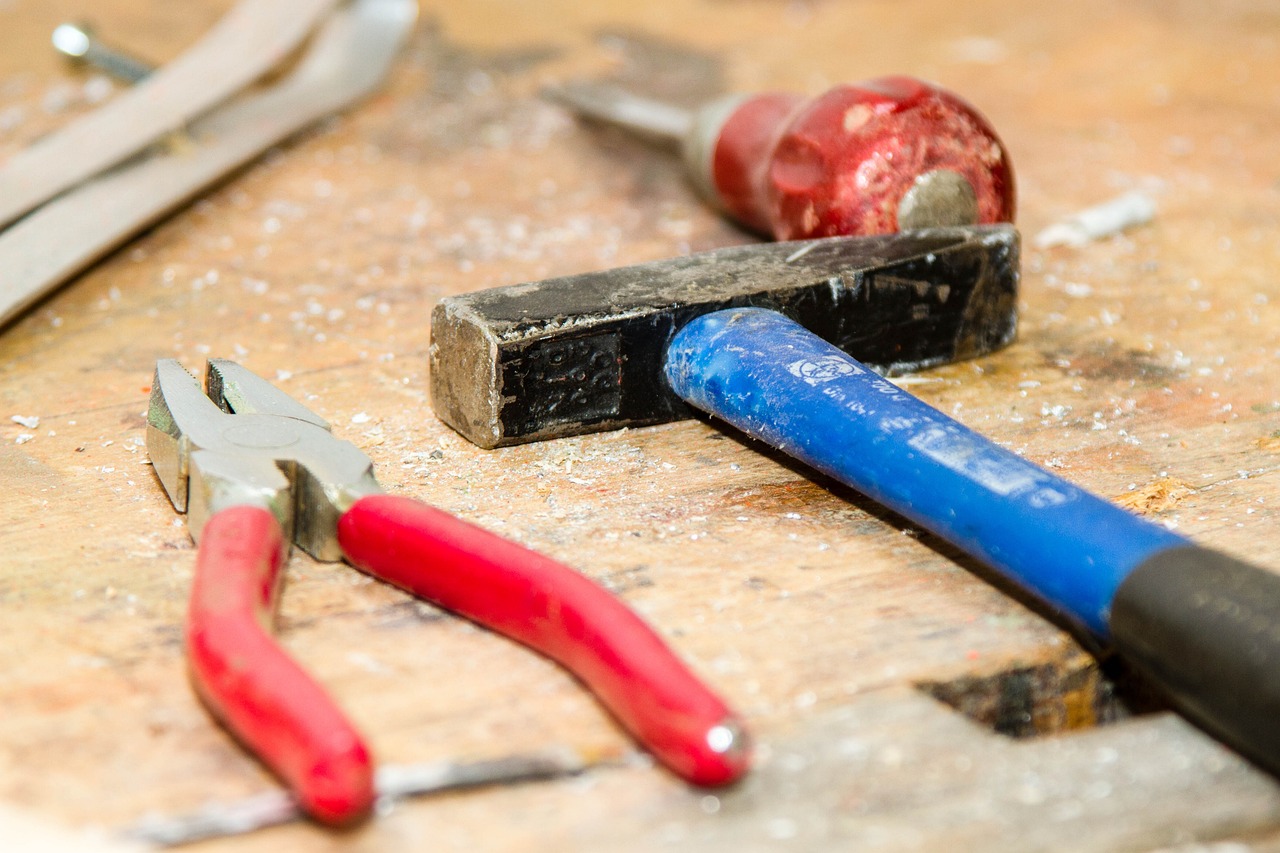Carpenters and Do-It-Yourself fans crave to stain oak darker. Whether you’re revamping furniture or adding a bit of tastefulness to your home, understanding how to successfully stain oak darker is critical to achieving the ideal style. In this article, we’ll investigate the bit-by-bit course of how to stain oak darker while guaranteeing a consistent and proficient completion.
Prologue to Staining Oak Darker
Oakwood, known for its strength and regular magnificence, can be changed with the right stain to achieve different shades and wraps. Obscuring oak includes cautiously choosing the suitable stain and utilizing appropriate methods to upgrade its extravagance and profundity.
Figuring out oak wood and stains
Oak wood comes in two fundamental assortments:
- red oak
- white oak

Each type has unmistakable grain examples and qualities that can impact the staining system. Also, understanding the various kinds of stains accessible, for example, oil-based and water-based stains, is fundamental for achieving ideal outcomes.
Readiness Steps Before Staining
Before applying any stain, setting up the oak wood surface enough is essential.
- This includes careful cleaning, sanding to a smooth completion, and guaranteeing the absence of any current completions or coatings that might thwart stain ingestion.
- Make a point to utilize light-grit sandpaper (300+) because you do not want to scratch the wood with heavy-grit sandpaper—sand toward the grain.
Picking the Right Stain
Choosing the right stain tone is a basic choice in the staining system. Whether choosing a conventional pecan finish or a contemporary dark tone, consider the general taste of the space and how the stained oak will supplement its environmental elements.
Also read: How to Cut Vinyl Flooring: Unleash Your DIY Skills
Applying the stain to oak wood
Applying the stain equally and reliably is critical to achieving an expert-looking finish. Whether utilizing a brush, fabric, or sprayer, guarantee careful inclusion while keeping away from trickles, runs, or pooling of the stain.
Procedures for Accomplishing a Darker Stain
A few procedures can be utilized to successfully obscure oak wood. These may include applying numerous layers of stain, considering broadened drying times between coats, or exploring different avenues regarding different application strategies to upgrade the profundity of variety.
Testing the Stain on an Example Piece
Prior to focusing on staining the whole oak surface, it’s fitting to test the picked stain on a small, unnoticeable region or test piece. This considers adjustments to be made to the variety or application method before continuing with the whole task.

Appropriate application strategies
Whether utilizing a brush, cloth or wipe tool, dominating the legitimate application strategy is fundamental for accomplishing steady outcomes. Take care to work with the grain of the wood and stay away from over-immersion, which can prompt blotching or lopsided shading.
Also read: Corner Electric Fireplaces: Illuminate Your Home with Magic
Factors Influencing Stain Absorption
Different variables, including the porosity of the oak wood, surrounding temperature, and moisture levels, can affect the assimilation and drying season of the stain. Be aware of these factors and make changes as vital as possible throughout the staining system.
Drying and curing
In the wake of applying the stain, permit adequate time for the oak wood to dry and fix completely. This regularly includes holding up somewhere around 24 to 48 hours prior to taking care of or applying extra layers of stain or finish.
Sanding and final details
When the stain has dried, delicately sand the surface to streamline any raised grain or defects. Apply a defensive finish, like polyurethane or finish, to seal and upgrade the stained oak’s magnificence while giving it enduring solidity.
Support Tips for Dark-Stained Oak
To preserve the excellence of dimly stained oak, customary support is fundamental. Stay away from openness to coordinate daylight, dampness, or brutal synthetics, and intermittently clean the surface with a delicate wood cleaner to eliminate residue and garbage.
Normal Mistakes to Avoid
Stay away from normal entanglements like lopsided application, inappropriate sanding, or utilizing incongruent stain and finish items. Finding the opportunity to plan enough and follow legitimate procedures can forestall exorbitant mix-ups and guarantee immaculate completion.

The Best Way to Stain Oak Darker Without Making It Yellow:
To stain oak darker without making it yellow, you can follow these steps:
Pick the right stain:
Choose stains marked as “non-yellowing” or “clear” to limit the risk of yellowing over the long haul. Water-based stains and some oil-based stains will generally have, to a lesser extent, a yellowing impact compared with customary oil-based stains.
Stay away from golden tones.
Avoid stains with golden or brilliant suggestions, as these are bound to add to yellowing after some time. All things being equal, decide on cooler tones like tans, grays, or blacks to achieve a darker tint without the gamble of yellowing.
Consider gel stains:
Gel stains are thicker in consistency and will generally sit on the outer layer of the wood as opposed to entering profoundly. This trademark can assist with limiting the retention of yellowing specialists present in certain stains, bringing about a darker wrap-up with less yellowing.
Test the stain:
Prior to applying the stain to your oak surface, consistently play out a test on a little, subtle region to evaluate how the stain collaborates with the wood. This permits you to check the variety and guarantee it doesn’t bestow a yellow color.
Right Application:
Apply the stain equitably and sparingly, guaranteeing total inclusion while keeping away from overabundance. Clear off any overabundance stain to forestall pooling or streaking, which can worsen the yellowing impact.
Seal with a Clear Finish:
When the stain has dried completely, seal the oak wood with an unmistakable finish like polyurethane or polish. These defensive coatings provide a boundary against dampness and UV beams, assisting with protecting the variety and preventing yellowing after some time.
Keep monitoring it.
Even with cautious choice and application, oak wood might, in any case, go through some level of normal variety change after some time because of its openness to light and natural variables. Consistently examine the stained surface and go to preventive lengths, assuming you notice any indications of yellowing.
By following these means and choosing proper items, you can actually obscure oak without presenting undesirable yellow tones, saving its regular magnificence into the indefinite future.
FAQs:
Can I stain oak darker without sanding?
Sanding oak wood prior to staining is fundamental for achieving smooth and even outcomes. It helps remove surfacing flaws and opens up the wood pores for better stain retention.
How many coats of stain are needed to stain oak darker?
The quantity of coats required depends on the ideal profundity of variety and the sort of stain utilized. Much of the time, a few coats are adequate for accomplishing a darker shade.
Can I mix different stain tones to make a custom shade?
Yes, mixing different stain tones considers unending customization choices. In any case, it’s prescribed to test the blend on a small region before applying it to the whole surface.
Conclusion:
Obscuring oak wood through staining is a rewarding interaction that can improve the excellence and character of furniture, flooring, and other wooden surfaces. By following legitimate strategies and picking the right stain, you can accomplish staggering outcomes that reinvigorate your oak projects.






